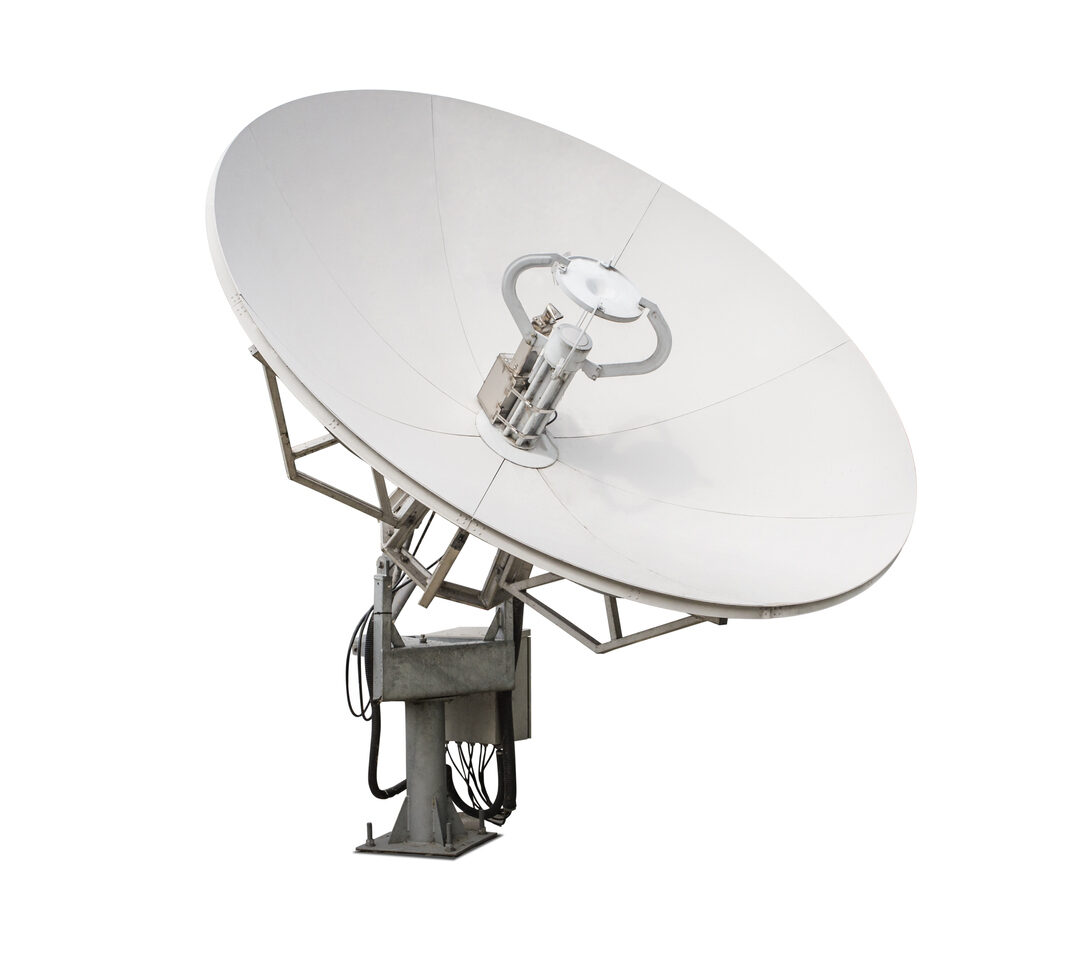Low noise amplifiers (LNAs) are critical in modern communication systems. They amplify weak signals in the front end of a communication system, ensuring that the signal is strong enough to be processed by other components. The important Things to Know About Low Noise Amplifiers in modern communication systems cannot be overstated. Strong signals would be recovered with them, resulting in better communication quality and reliability. From cellular networks to satellite communications, LNAs play a vital role in ensuring that we can stay connected. We, Castle Microwave Limited, are a leading manufacturer of LNAs, and our products are used in various applications.
This blog of ours will delve into the world of LNAs, discussing their importance in modern communication systems and what you need to know about them. We will explore the different types of LNAs, the factors that affect their performance, and their various applications.
What are Low Noise Amplifiers (LNAs)?
LNAs are electronic devices that amplify weak signals while introducing minimal additional noise. They are typically used in the front end of a communication system to boost weak signals before other components process them. Our LNAs can be found in many communication systems, from mobile phones to satellite dishes. They are designed to have a low noise figure, a measure of the amount of noise introduced by the amplifier, and they are expressed in decibels. The lower the noise figure, the better the amplifier minimizes noise. LNAs are essential for ensuring the reliability and quality of wireless and wired communication systems, from cellular networks to satellite communications.
The Importance of LNAs in Modern Communications
With the increasing demand for high-speed data transfer and the proliferation of wireless devices, the need for reliable and efficient signal amplification has never been greater. Low Noise Amplifier applications are vast now, including cellular and wireless communications, satellite communications, and radio astronomy.
Regarding Things to Know About Low Noise Amplifiers in cellular and wireless communications, LNAs amplify the weak signals from mobile devices. They are also used to amplify signals in satellite communications, where the signal is typically weak due to the large distance between the satellite and the ground station. In radio astronomy, LNAs amplify weak signals from distant stars and galaxies.
In addition to their importance in specific applications, LNAs are crucial for the overall performance and efficiency of communication systems. LNAs allows for higher data transfer rates and a more reliable connection by minimizing noise and improving the SNR. This is especially important in wireless systems, where the signal is often weak and subject to interference. We offer a range of accessories, such as filters and antennae, which can be used with their amplifiers.
Key Factors to Consider When Designing LNAs
When designing LNAs, there are several key factors to consider. The first is the noise figure (NF), which determines the amount of noise added to the signal during amplification. A lower NF is desirable, as it results in a higher SNR.
Another important factor to consider is the gain of the LNA. This is the amount of amplification provided by the device. A higher gain is generally desirable, as it allows for a stronger signal. However, it is important to ensure that the gain is low enough that it causes saturation or distortion of the signal.
The input and output impedance of the Low Noise Amplifier are also important factors. The input impedance should match the source impedance to minimize reflection and maximize power transfer. The output impedance should match the load impedance for the same reason.
Another crucial element to take into account is the frequency range. LNAs are typically designed for a specific frequency range, such as the RF or microwave range. It is important to ensure that the LNA is designed for the frequency range in which it will be used.
It is important to consider the power consumption and size of the LNA. This is particularly important in portable and battery-powered devices, where power consumption and size are critical.
Applications of Low Noise Amplifiers
LNAs are used in a wide range of communication systems, including:
- Cellular networks:LNAs amplify weak signals from distant cell towers, allowing for better coverage and fewer dropped calls.
- Satellite communications: LNAs amplify weak signals from distant satellites, allowing for clearer and more reliable communication.
- Radio telescopes:LNAs are used in radio telescopes to amplify weak signals from distant stars and galaxies, allowing for more accurate astronomical observations.
- Wireless local area networks (WLANs):LNAs amplify weak signals in wireless local area networks, allowing for better coverage and faster data transfer rates.
- Cable television (CATV) systems:LNAs amplify weak signals in cable television systems, allowing for clearer and more reliable television reception.
- Medical imaging: LNAs are used in medical imaging systems such as magnetic resonance imaging (MRI) and ultrasound to amplify weak signals, allowing for more accurate diagnostic images.
In The End
It is very important when looking for Things to Know About Low Noise Amplifiers; these are critical in modern communication systems. They amplify weak signals in the front end of a communication system, ensuring that the signal is strong enough to be processed by other components. LNAs play a vital role in ensuring that the communication systems we rely on every day are reliable and of high quality.
We offer a range of accessories and technical support to help customers get the most out of our systems. Elite RF is a great choice if you are looking for a quality amplifier.
When you are looking for RF Amplifier components, you should go for Elite RF. You can contact us sending email at sales@eliterf.com or by calling at 847-592-6350.


